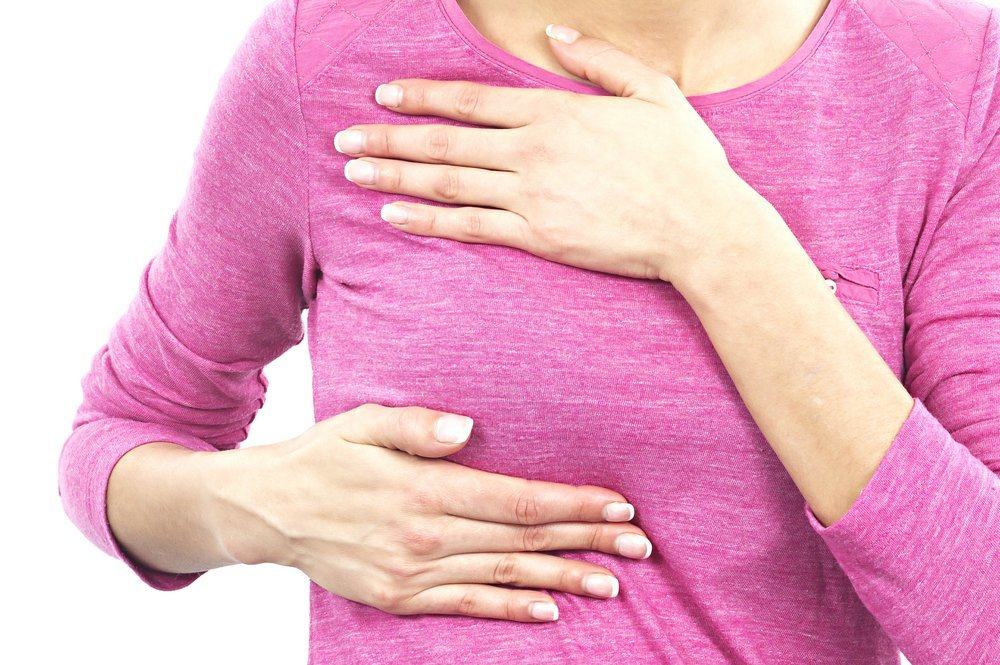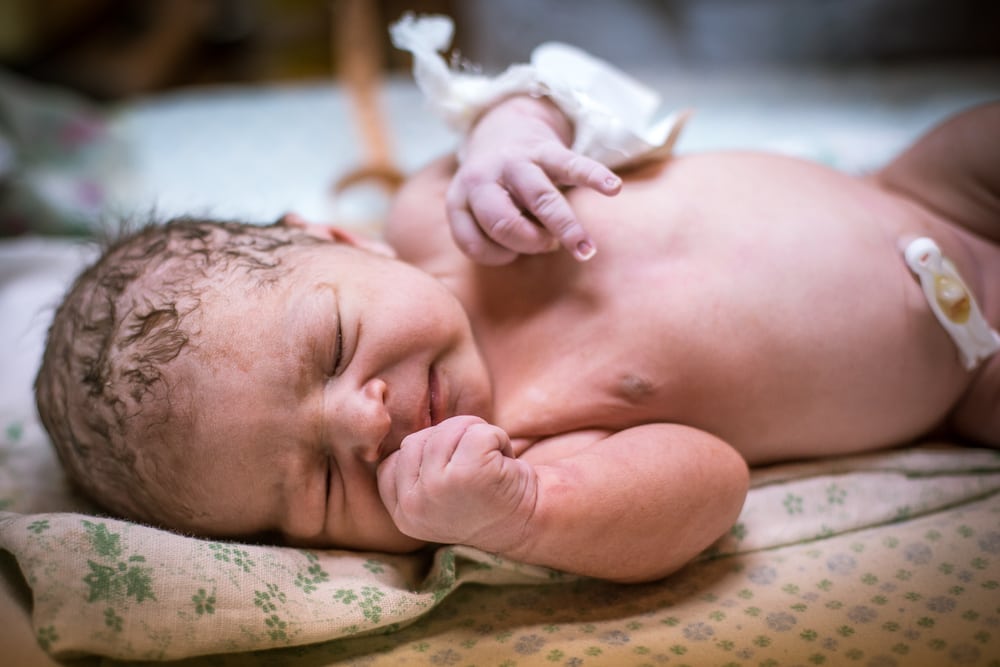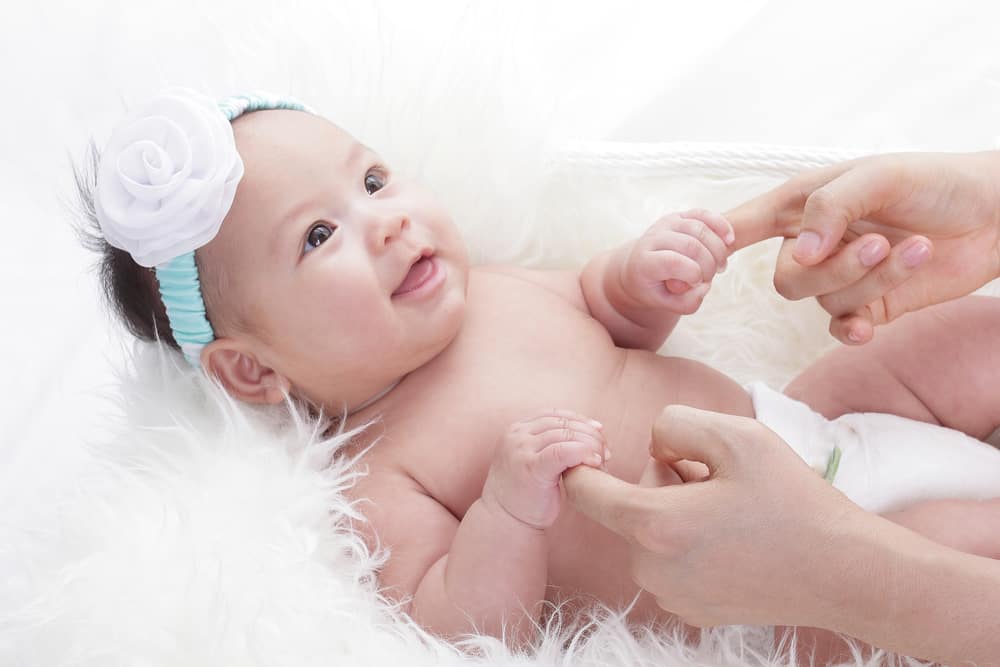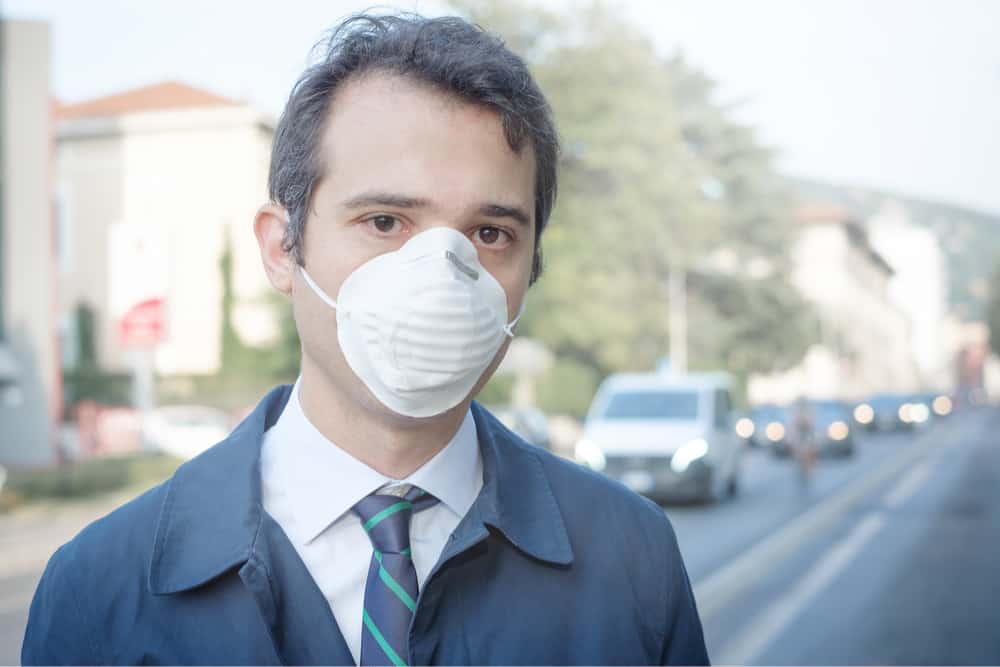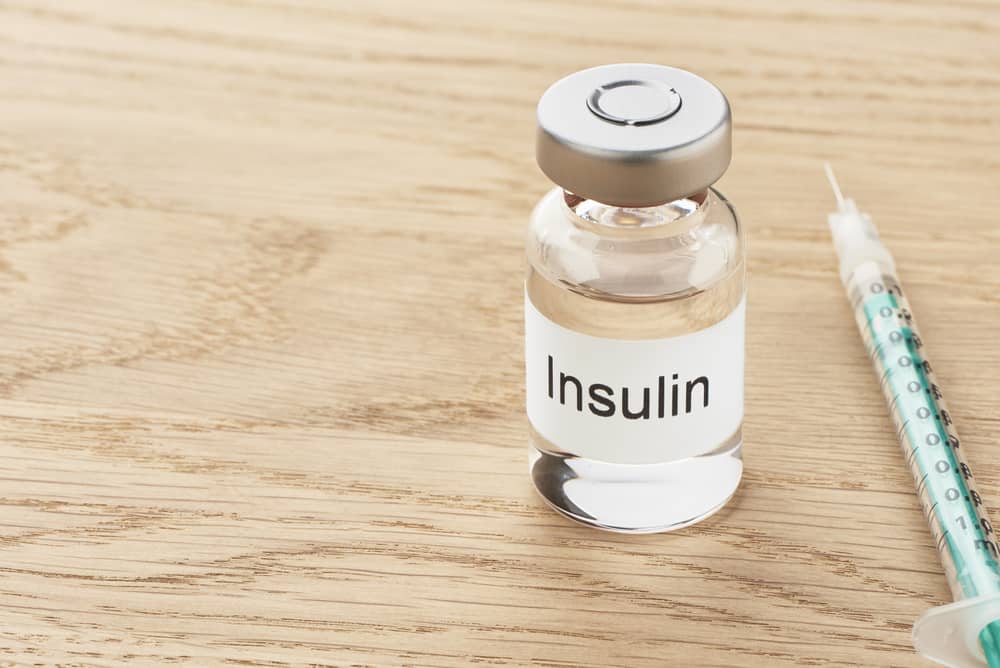Contents:
Medical Video: Do Dense Breasts Inflate Cancer Risk
Mammograms are the best way to detect breast cancer early. If the results of your latest mammogram show that you have dense breast tissue, you might wonder what this result means for your risk of breast cancer.
A number of studies report that breast tissue density is an increasingly important marker for detecting the risk of female breast cancer. Nearly 8% of women aged 40-74 years have very high breast density. Solid breast tissue can make it more difficult for health professionals to accurately find irregularities during a mammogram.
What does it mean if you have dense breast tissue?
Some women think that because their breasts feel tight and hard, their breasts are dense. In fact, breast tissue density is not based on how your breasts feel when touched or moving. Density of breast tissue is also not related to breast size or texture.
Breast density is used as a comparison of the amount of fat with the amount of breast gland tissue that a woman has, but can only be known through a mammogram examination. The tissue mass forming the breast and its binding tissue is denser than fat and this difference appears on the results of the mammogram.
Breast tissue consists of mammary glands, milk ducts, and connective tissue (non-fat breast tissue), and fat tissue. When viewed on a mammogram, women with high breast density have much less fat tissue compared to non-dense breasts. Dense breasts consist of more milk-producing gland tissue and supporting tissue (also called the stroma) that surrounds the gland.
Dense breasts are very common, and does not mean this is not normal. About 4 in 10 women were found to have dense breast tissue in their mammogram results. Breast density can be inherited, so if your mother has dense breasts, chances are you will also have it. In general, young women tend to have dense breasts, and breast density usually decreases with age. But in some women, changes in tissue density can occur only slightly.
What is the appearance of dense breast tissue on the results of a mammogram?
There are 4 categories of breast density, ranging from fatty (almost all breasts consist of fat tissue), slightly dense, average density, to very dense with very little fat.
The example of the mammogram below shows various breast densities:
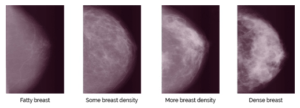
On a mammogram, breast fat tissue appears dark and transparent. Non-fat breast tissue appears as a white area on a mammogram. Tumor tissue and dense glandular tissue together will look grayish white or bright white on a mammogram, so the results that give rise to dense breast tissue can hide the tumor from the view of the technician to check for possible breast cancer.
Women with dense breasts, 4-6 times more likely to get breast cancer
There is a strong relationship between breast cancer and high levels of breast density. It is estimated that women with very high breast density have an increased risk of breast cancer up to four to six times compared with women with very low breast density. This is a case where patients have undergone previous mammography screening and are classified as 'normal'. The next cancer diagnosis shows the failure of mammography to detect breast cancer.
What was agreed upon, dense breast tissue can make it difficult for doctors and technicians to find the potential for breast cancer on the results of a mammogram. Because tumors and dense breast tissue look grayish white or bright on a mammogram, dense breast tissue can hide the tumor from view. Breast cancer (which looks white like breast gland tissue) is easier to detect during a mammogram when the tumor is surrounded by dark-looking fatty tissue. That is why, the chances of women who have almost completely fatty breast tissue to develop cancer are reported to decline by half the time when compared to the average solid breast.
But, breast density is only one factor in a variety of other risks (such as gene mutations and age), although it remains a strong indicator. When juxtaposed with other risks associated with family history or reproductive factors, high breast density has an important role in the diagnosis of breast cancer. Researchers are still trying to find out the reason behind this relationship.
Are all women with dense breasts certain to get breast cancer?
However, Prof. Wendy Ingman from University of Adelaide said that although dense breast tissue is a risk factor for breast cancer, not all women with dense breasts will develop breast cancer. Researchers also still doubt whether reducing breast density will reduce the risk of breast cancer. Age and weight gain after menopause are associated with a decrease in breast density, but on the other hand, these two factors are also associated with an increased risk of breast cancer.
At present, there are no specific screening guidelines for women with dense breasts. BI-RADS® measures breast density, but is not reported regularly or used to assess breast cancer risk. Digital mammography has been found to more accurately detect the potential of breast cancer than 2D / film mammography for women with dense breasts. In addition, breast mammography, ultrasound, and MRI are being investigated more deeply to determine whether combining this test will improve the accuracy of detection in women with dense breasts.

